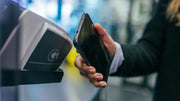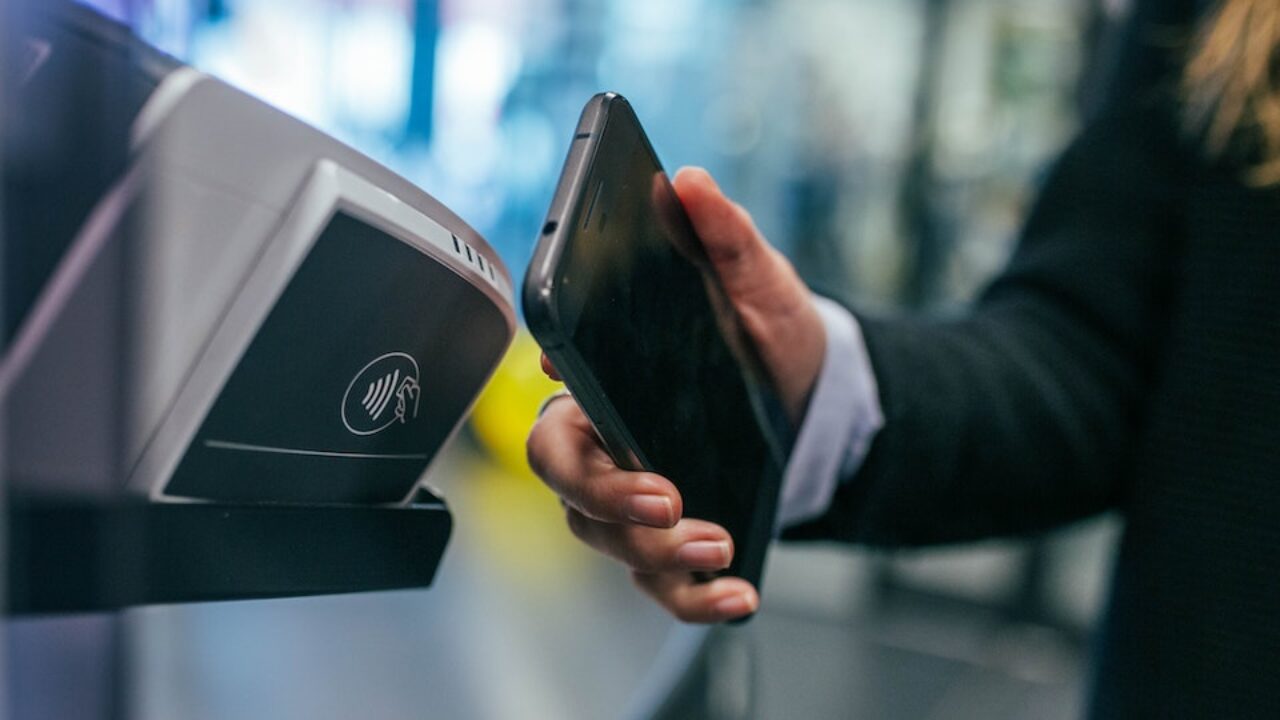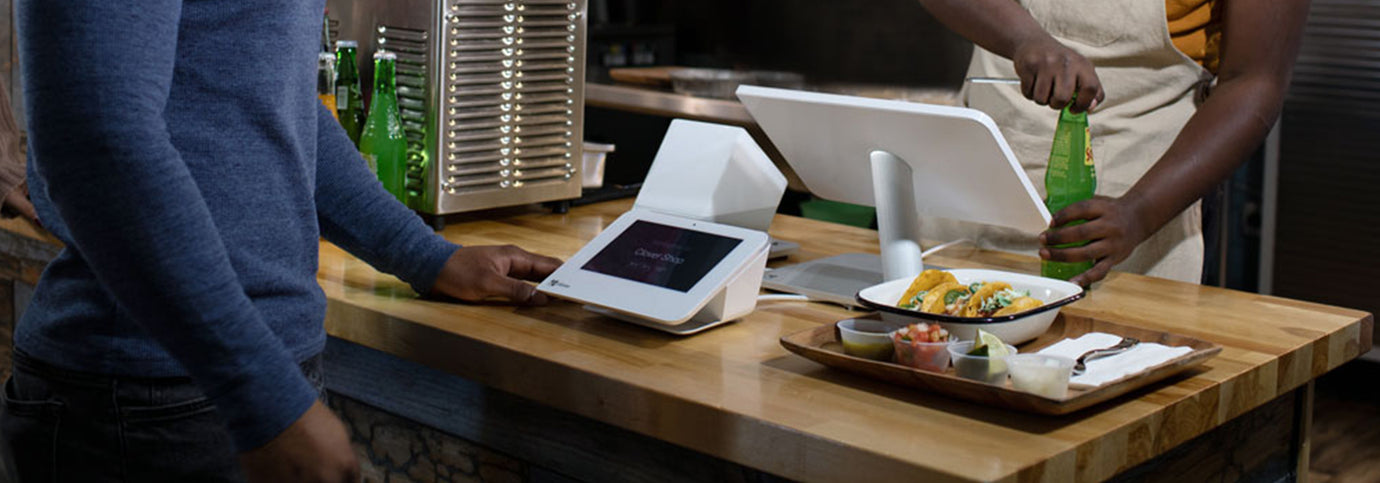Where do my processing fees go?
Did you know that generally speaking most of your credit card processing fees go to the bank that issued your customer’s credit card? Some of your fees go to the systems and platforms that help you process those payments. Finally, another portion of those fees goes directly to the card brands, like Visa and MasterCard. Most businesses receive their monthly statement and never realize where their fees are going or why.
Let’s start with the banks that issue credit cards. There is an underlying cost that issuers charge processors for moving money called interchange In the simplest terms interchange is a matrix of more than 800 card and charge type combinations each possibly having different rates. Those rates range from 0.05% + $0.21 to 3.25% & $0.10 per transaction. This pricing is the same for all processors industry-wide and is normally adjusted twice per year. Interchange makes up the vast majority of all transactional costs for processors and merchants.
Likely the second highest set of costs to a merchant are the fees from the processor. While these fees seem like they go with just one single entity that is not always the case. There are generally multiple platforms involved in the authorization and settlement portions of a transaction as well as those systems assisting in the transaction process. Each system, even if it’s owned by the same company, takes a small part of each transaction. What’s left after Interchange, platform fees, and card brand costs is what the processor retains. Then that money is often split between multiple entities, however, for this example, we are going to consider them all as just the processor.
Finally, we get to the card brand fees, which are mostly covered in the interchange tables however they are considered separate by people in the industry since there are potentialy other fees that are not included and because depending on an accounts setup these fees may be passed through or eaten by the processor. These fees are likely to be the smallest portion of the processing costs that a merchant will experience. While these fees are relatively small they still make up a decent portion of your processing fees. In some cases, a processor might have these fees bundled into your cost so they are not displayed on your monthly statement however they are factored into your cost as a merchant.
Increasing Ticket Size
One place to start would be looking at your average ticket size and seeing if increasing it will have a significant effect on your processing statement. The lower your average ticket, the more effect increasing it will have. To understand how this works we should take a look at your processing fees which may be made up of a flat per transaction cost and/or a percentage rate. On lower ticket amounts the transaction fees accounts for a higher percentage of your sale amount than the processing rate.
Here is a quick example of the effect of increasing your ticket size has on your effective rate.
Those are the basics of where your money is going when you pay processing fees. Many merchants assume that their processor has the most control over lowering their cost, and in a way they are correct. The processor seems to have control over what the merchants’ costs are. That said there are things merchants can do in a lot of cases to reduce their processing fees without even contacting their processor. Do keep in mind that flat rates and some tiered structures may prevent you from receiving the maximum potential savings.
Here are a few ways to increase average ticket size.
We are going to list a few of the common ways to increase your average ticket, but don’t be afraid to step outside the box. We have seen many businesses roll out some unique strategies that have done wonders for increasing ticket size.
Bundle Items:
Bundling items will help increase overall sales when done correctly and for our purposes here, bundling will also help push up your average ticket. Quick services restaurants have used combos for years to help increase the amount of food and drinks server. That said it doesn’t just apply to quick service, you can do the same sort of bundling in retail.
While with most retail ticket sizes will be higher you can bundle smaller items to help increase your overall average ticket size.
Add Impulse Items at checkout:
The impulse purchase can be a powerful tool. Adding low cost items at the point of sale can help drive higher tickets. You see this everywhere from the convenience stores and grocery stores to clothing stores and mechanics. Take some time to consider what items would appeal to your specific customers.
Offer Discounts on multiple items:
If you can sell one thing, maybe you can sell two. There is a local automotive repair place in town that offers discounted oil changes if you purchase two or more at a time. In their case, it’s much more about building return customers, but you can do the same while helping to increase ticket sizes.
There is also a favorite donut shop in town that heavily advertises discount for ordering multiple of the same item, allowing them to more efficiently move products and improve their processing costs.
Up Sales and Add-ons
This staple of the fast food industry shouldn’t be overlooked by other business types. Train your staff to know what products or services go together, and to watch for what products are typically purchased together.
Being able to suggest something a customer might be missing from their purchase is just good customer service. Better yet it increases your ticket size.
Tips can effect your processing rate
All kinds of businesses accept tips, but many don’t realize that it can affect the processing rate charged on a transaction. In the processing industry, only a few business types are routinely acknowledged to accept tips, and even then there are limits. Basically if you’re a restaurant, bar, or saloon, tipped transactions generally won’t increase your discount rate as long as its under 20% of the original sale amount. If your are any other business type tips are essentially not supposed to happen.
And, sometimes tips organically exceed 20% of the original sale amount, and some business allow their employees to receive tips on credit cards. In those instances your processing fees may increase. There are a few things you can do help keep these costs down.
Counter Tip
Counter Tip is a popular alternative to the restaurant normal tip-line on the receipt. With Counter Tip you present a receipt with a tip line before processing the card payment. The card holder can then fill out the tip amount and total and return the receipt with their payment card. When running the transaction you would enter the total payment amount, including the tip, that way the sale is processed with the original authorized amount including the tip. This avoids the transaction costing more due to the tip amount.
Many credit card terminals support this feature out of the box, however some will need to have a configuration update to enable it.
Ask for a tip before finishing the transaction
Similar to counter tip, just asking before processing the sale allows you to enter the total amount entirely avoiding a tip adjustment which can increase your costs.
Cash Tips
Make it known that cash tips are appreciated. The more you move tips to cash, the better. Even when you are getting the best possible rates, you are still paying processing fees to accept a tip. If you are passing those tips directly to your employees then the business is paying fees on money it did not collect.
Proper use of your point of sale
The way you process and handle sales can cause your transaction cost to increase. While this is not an exhaustive list these are the most common things business do that increase their per transaction expenses.
Settling properly
When you run a transaction on your terminal and you receive an approval, no money has moved. Basically at this point the issuer has just reserved those funds for your business. The authorization is only good for a limited period of time and needs to be settled in order for your business to collect those funds.

There are two important time-frames for authorizations. The first is 24 hours from initial authorization. If a transaction is older than 24 hours when it is settled, it can cause the cost to increase. The second time-frame is the expiration of the authorization which depends on the several factors, but general rule of thumb is 7 days. Once an authorization has aged beyond 7 days, not only will the costs increase, but you will also have a higher risk of a dispute by the card holder or the issuer.




